The California Cantaloupe from Plant to Harvest
It’s that time again… California cantaloupe season! California cantaloupe harvest is now in full swing, with farmers hustling to get these fresh sweet melons from the field to your table. Cantaloupe love California’s sunny, hot and dry regions and as a result the state produces 75% of the cantaloupe consumed in the U.S. California Cantaloupe season lasts from April through December, meaning we all get to enjoy fresh melon three seasons out of the year—Spring, Summer, and Fall. California cantaloupe are delicious, but do you ever wonder how they get from little seeds to your table?
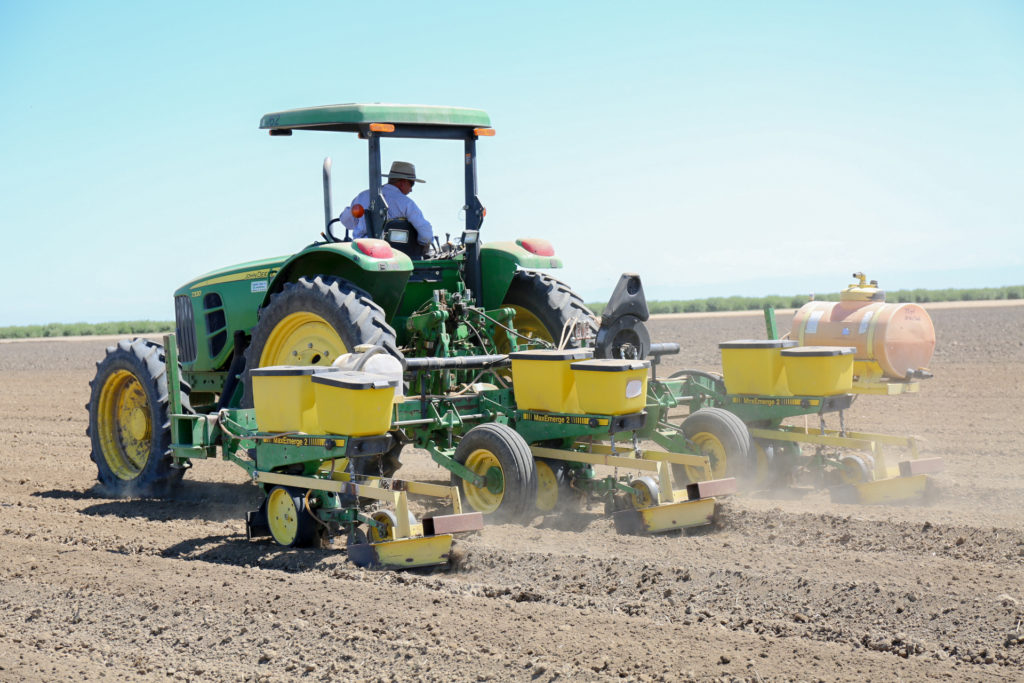
The process begins in a field of specially prepared “beds” that are fertilized and planted with cantaloupe seeds.
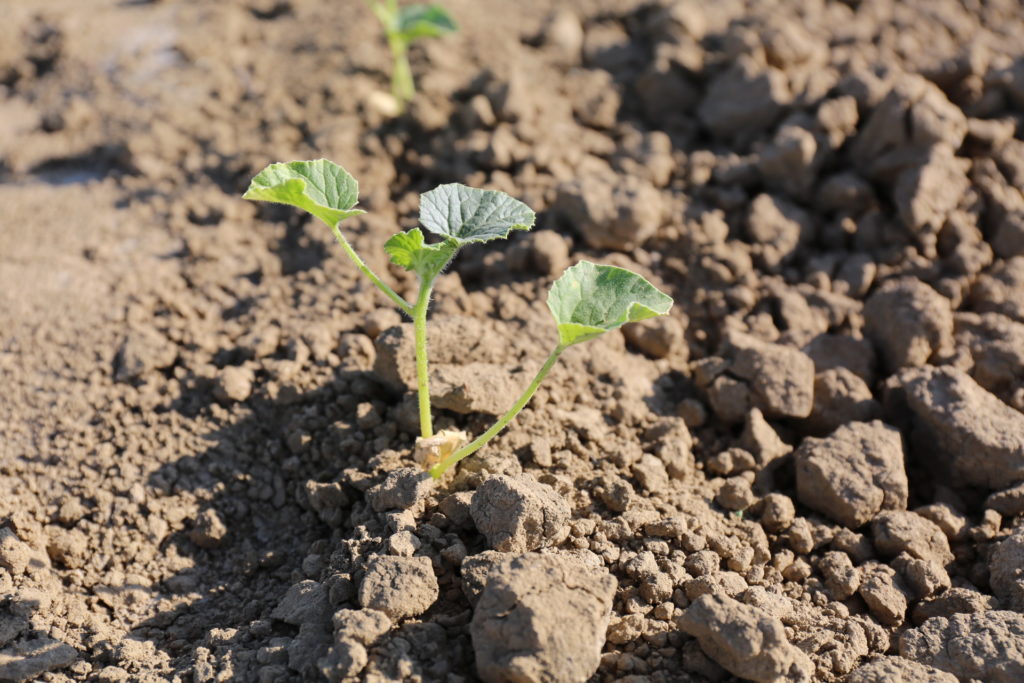
After the seeds are planted, they begin to grow with the help of a underground drip irrigation system. This irrigation method helps conserve water, and keeps the above ground parts of the cantaloupe healthy and dry.
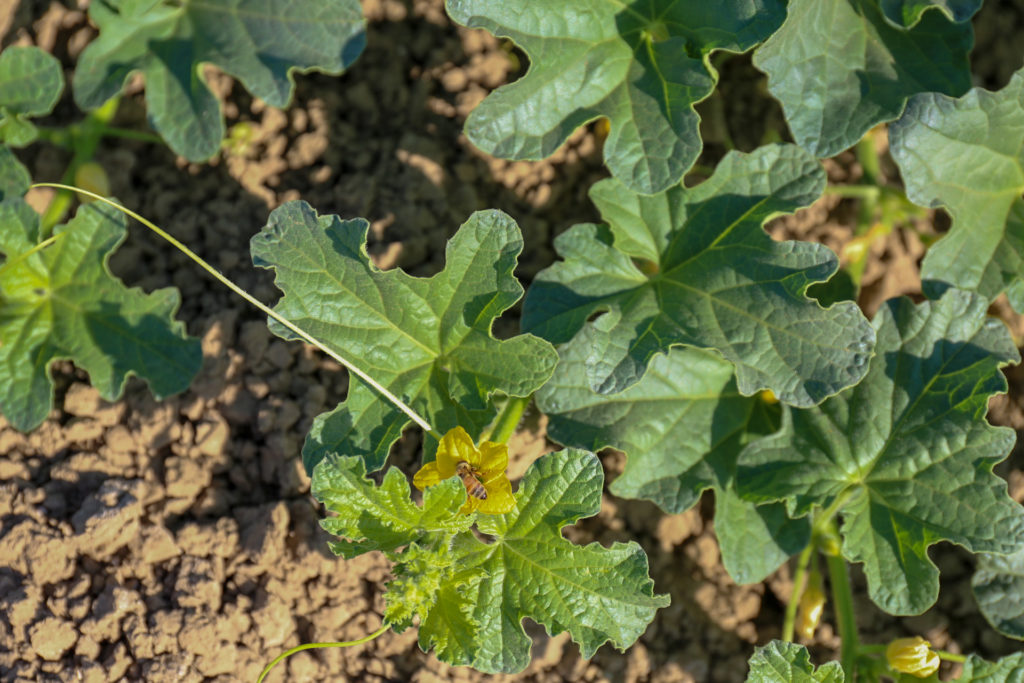
Once the cantaloupe are flowering, the bees get busy pollinating as the plant continues growing.
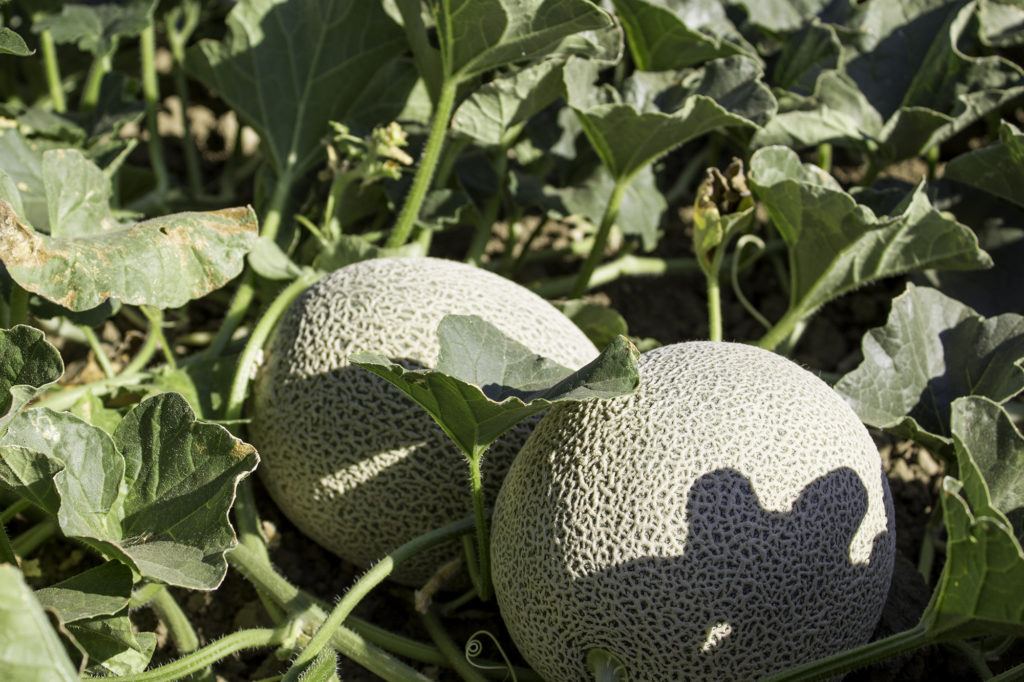
Eighty to ninety days after planting the seeds, the first pollinated flowers turn into delicious cantaloupes.
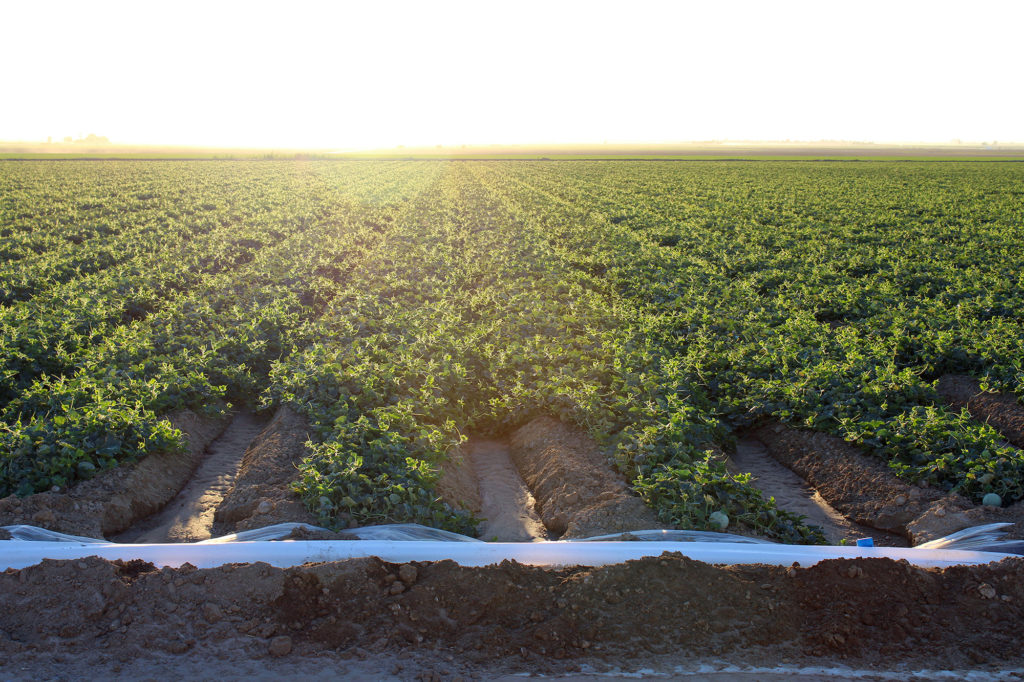
California farmers carefully pick only the ripest cantaloupe because they ripen at different times, even in the same field. A California cantaloupe field is harvested from three to five times during its short lifetime to ensure that you get the sweetest and the highest quality melons.
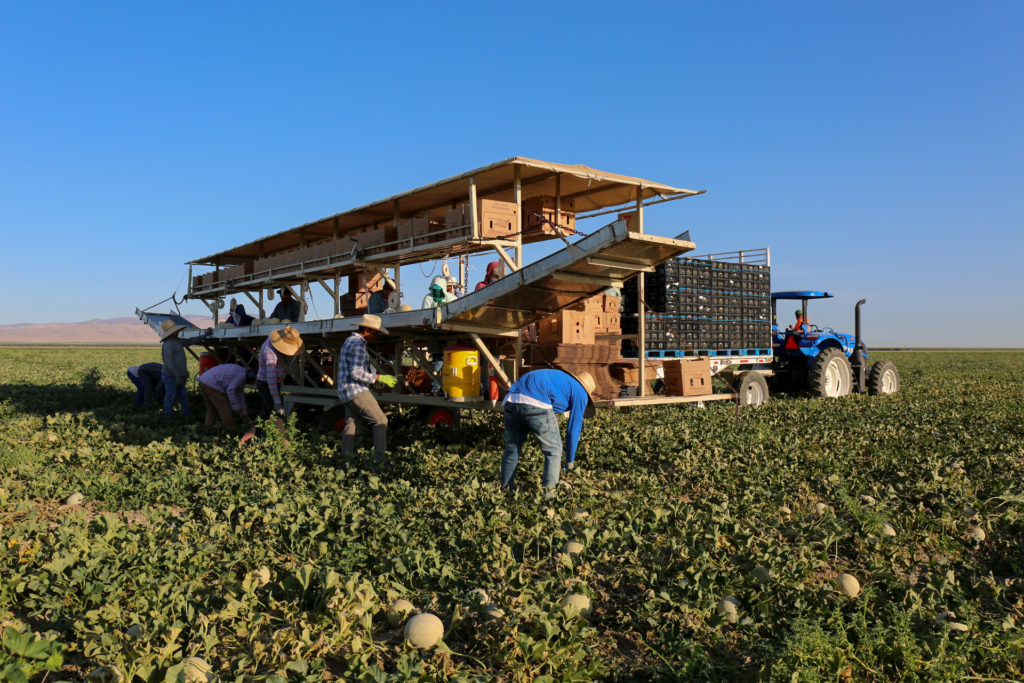
When harvesting, most California Cantaloupe are picked and packed right in the field on large shaded platforms.
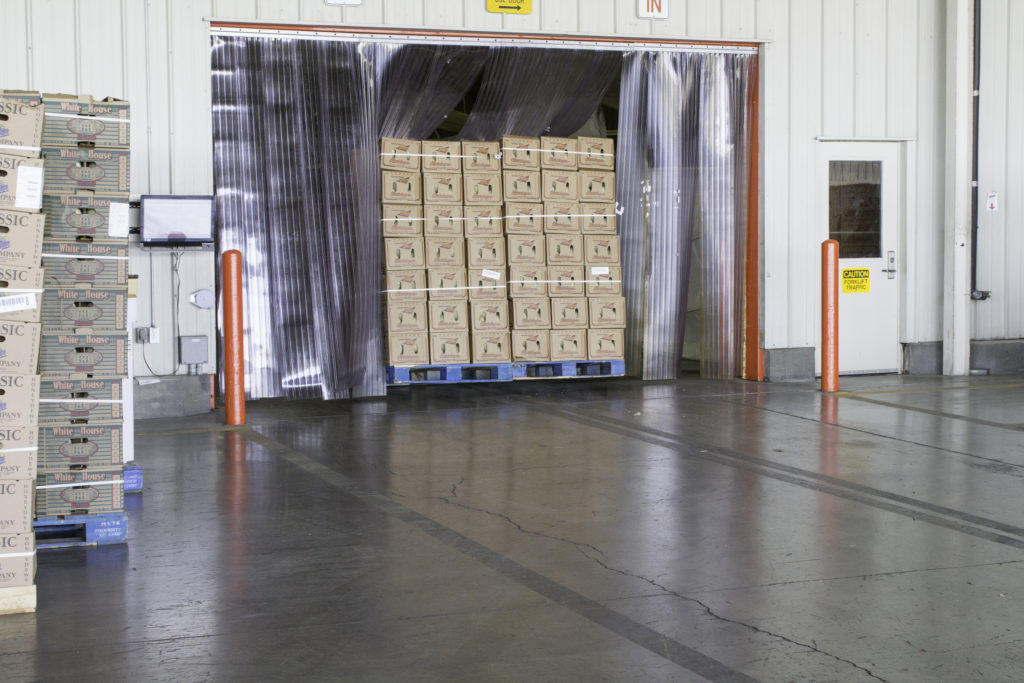
Immediately after being packed, the cantaloupe are sent off to giant cooling and storage facilities nearby. Getting the heat out of the cantaloupe is a priority. The cantaloupe are cooled quickly in order to preserve their flavor and healthy qualities.
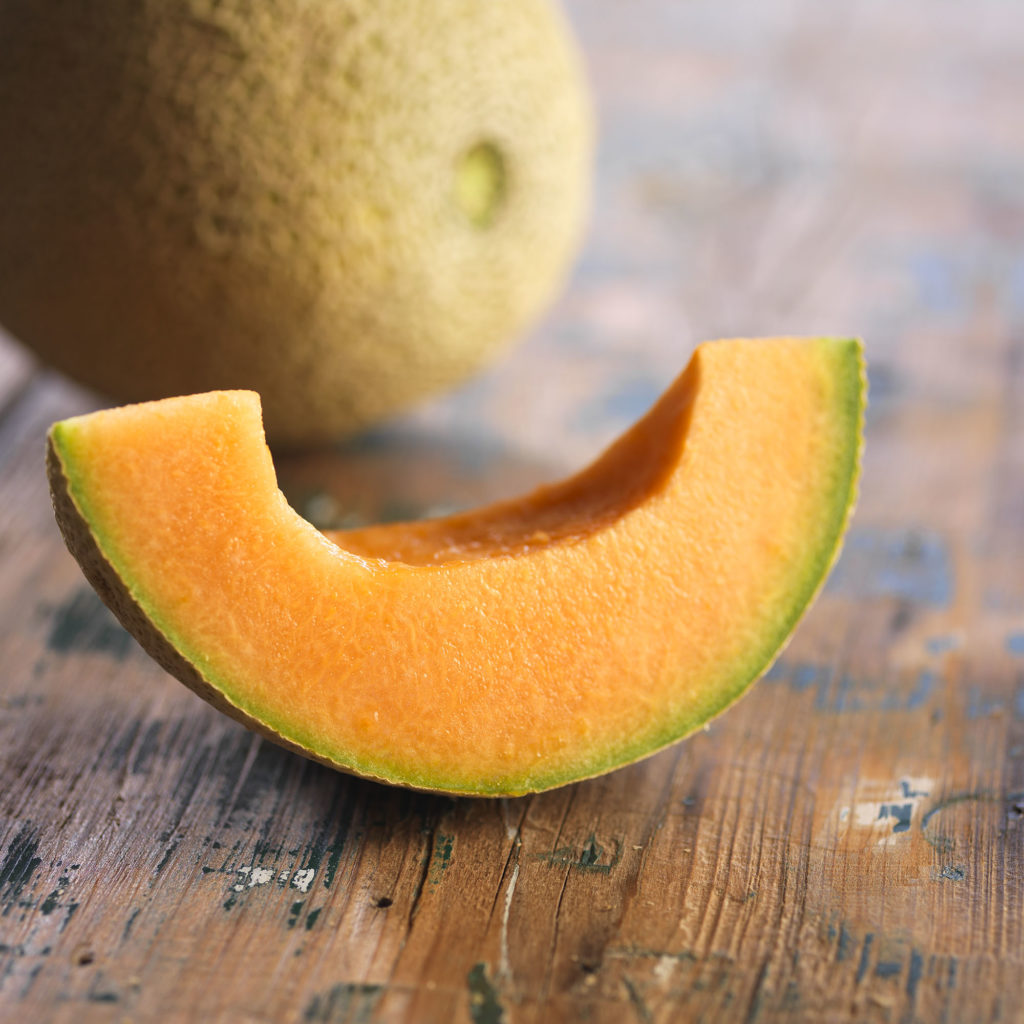
Shortly after the melons are cooled, those sweet California Cantaloupe are sent to your local grocer for you to enjoy! So bon appétit, from California’s sunny fields to you!







